Alloy steel weld neck flanges are critical components used to connect pipes, valves, or equipment in a piping system, providing a strong and stable joint. These flanges are characterized by a long tapered hub that is welded to the pipe or fitting. This design helps distribute stresses over a larger area, which enhances the flange’s resistance to pressure and temperature fluctuations. Made from high-strength alloy steels such as ASTM A182 F11, F22, and A350 LF2, these flanges are suitable for high-pressure and high-temperature applications. Their design also facilitates alignment and provides a smooth transition from the flange to the pipe, minimizing turbulence and pressure drops. Weld neck flanges are widely used in industries like oil and gas, chemical processing, and power generation, where reliability and durability are paramount.
| Property | Details |
|---|---|
| Material | Alloy Steel (e.g., ASTM A182 F11, A182 F22, A350 LF2) |
| Standards | ASTM A182, ASTM A350 |
| Type | Weld Neck Flange |
| Flange Dimensions | Sizes typically from 1″ to 24″ |
| Pressure Rating | Class 150, Class 300, Class 600, Class 900, Class 1500 |
| Temperature Rating | Up to 650°C (1200°F) for high-alloy steels |
| Surface Finish | Smooth, sometimes with a raised face (RF) |
| Connection Type | Welded to pipe or fitting |
| Advantages | High strength, good stress distribution, high pressure and temperature resistance |
| Applications | Oil and gas, chemical processing, power generation |
| Manufacturing | Forged or cast, heat-treated |
| Ordering Information | Specify material grade, size, pressure class, and standard |
| Suppliers | McMaster-Carr, Grainger, Swagelok, Penn Stainless Products |




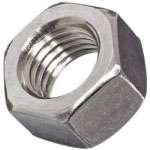
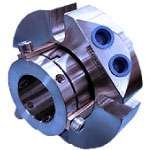
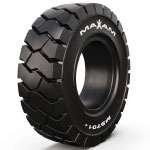






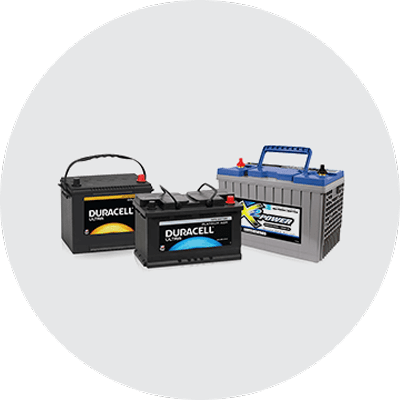

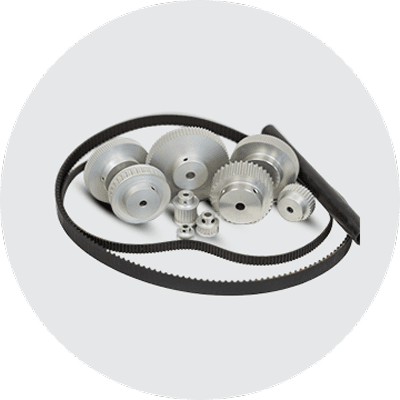




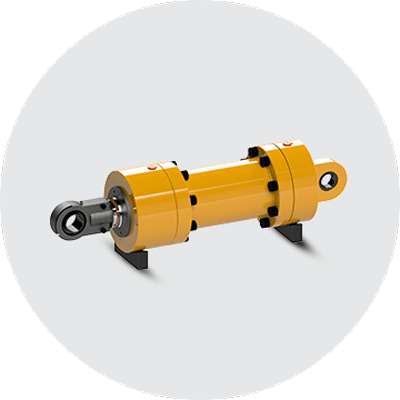
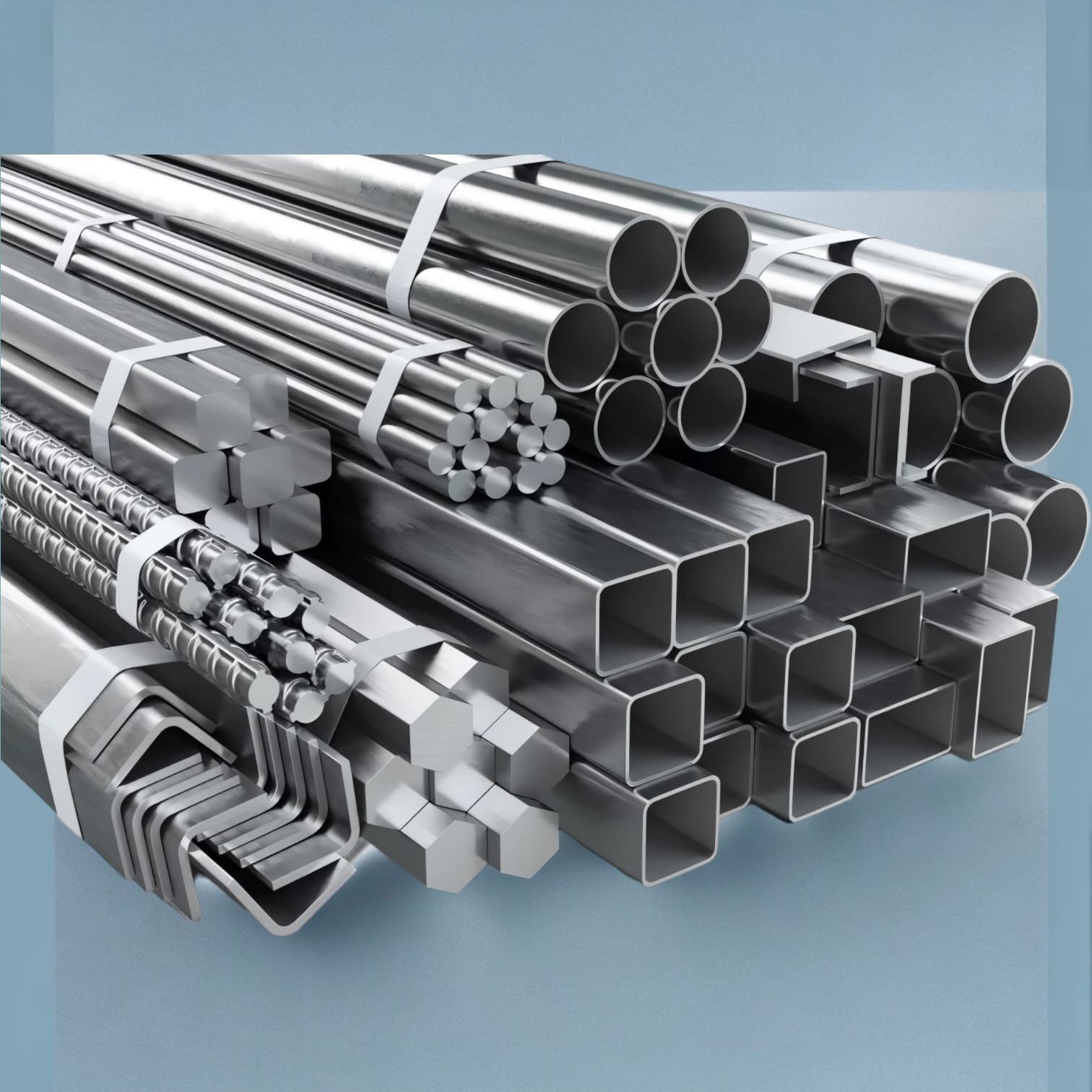


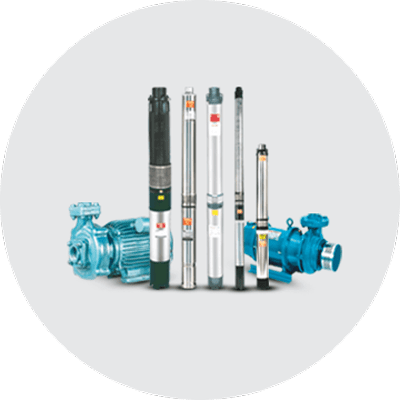




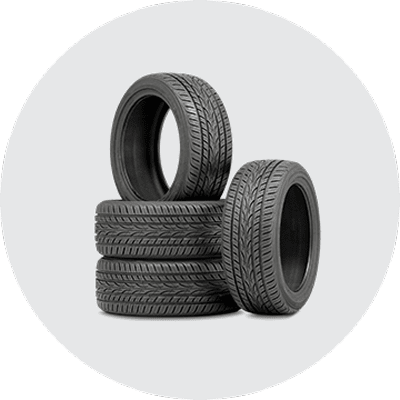





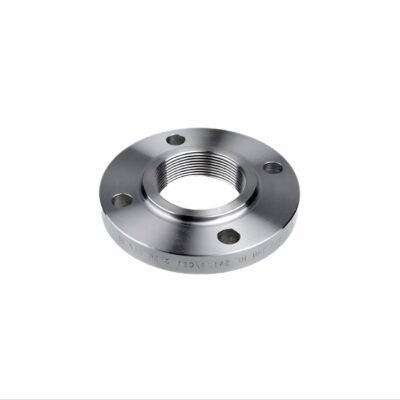
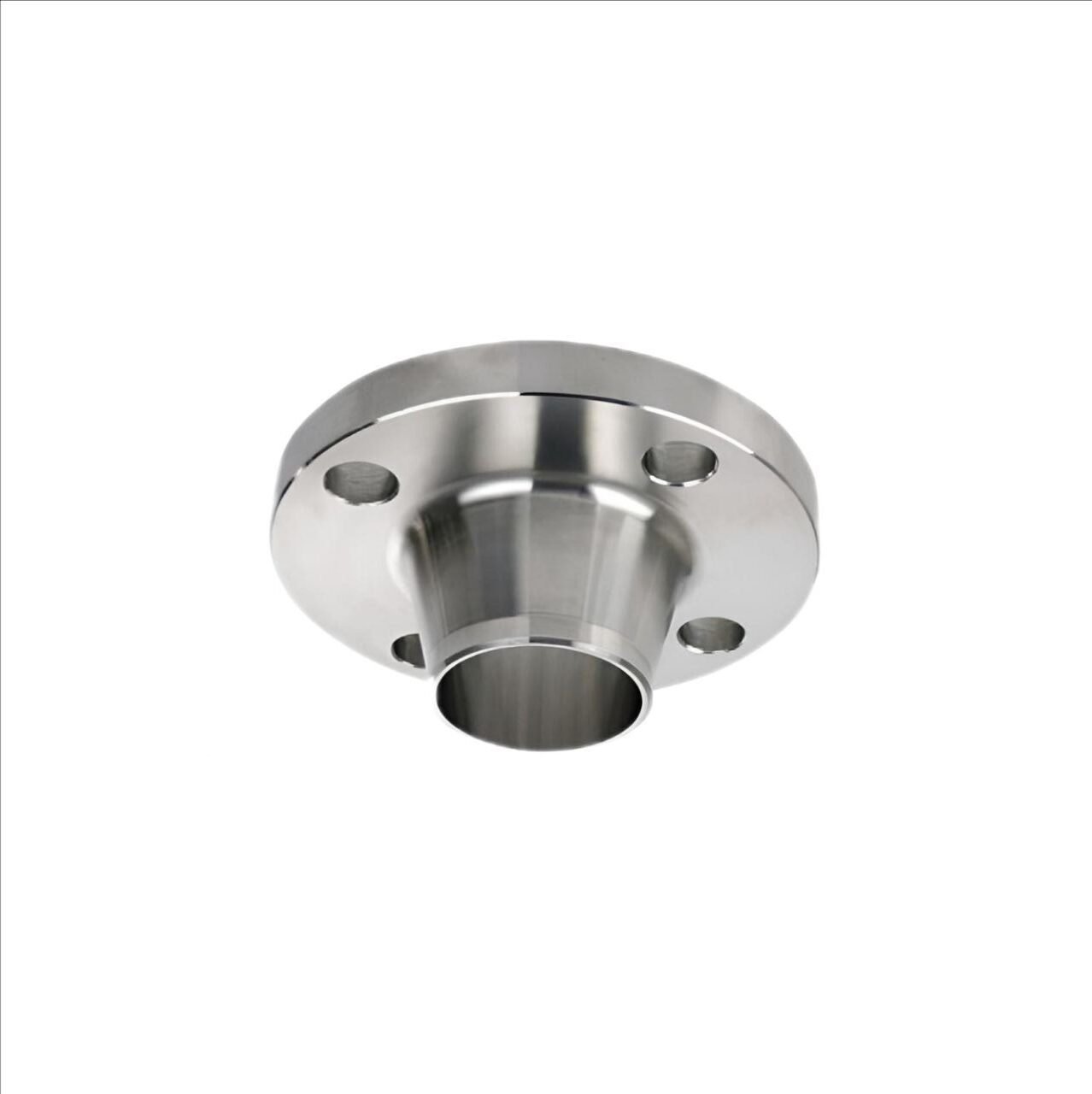
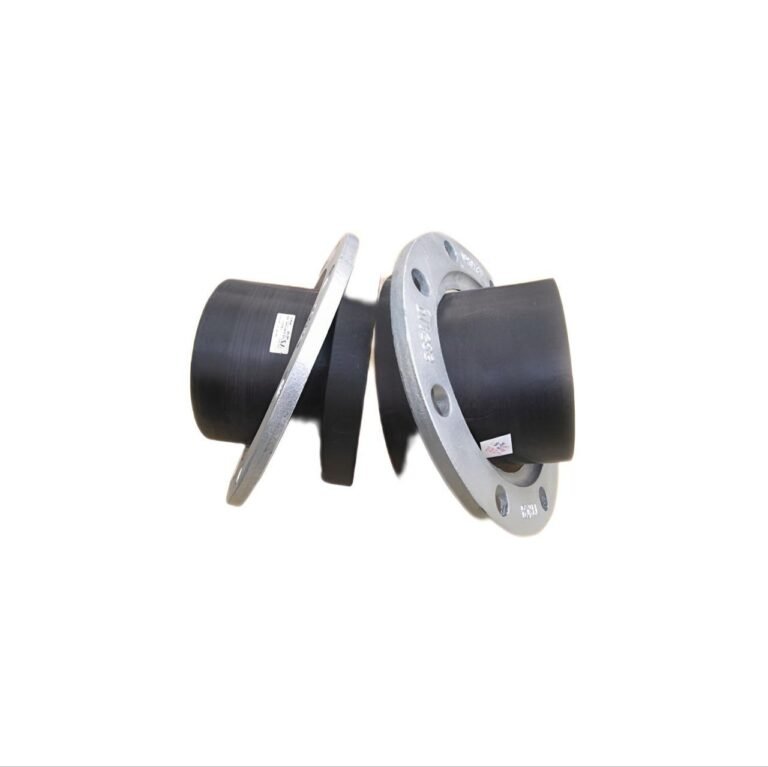
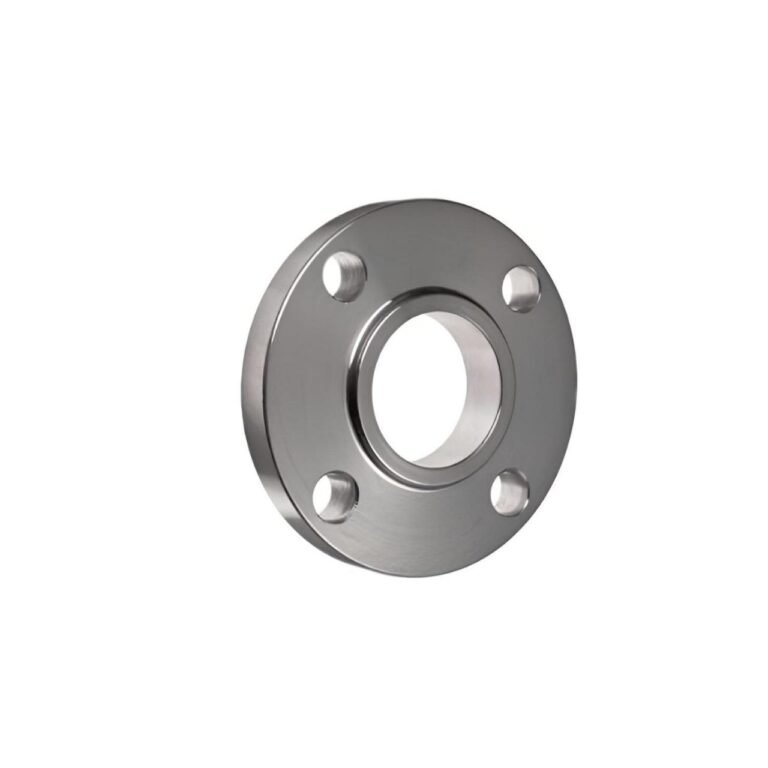
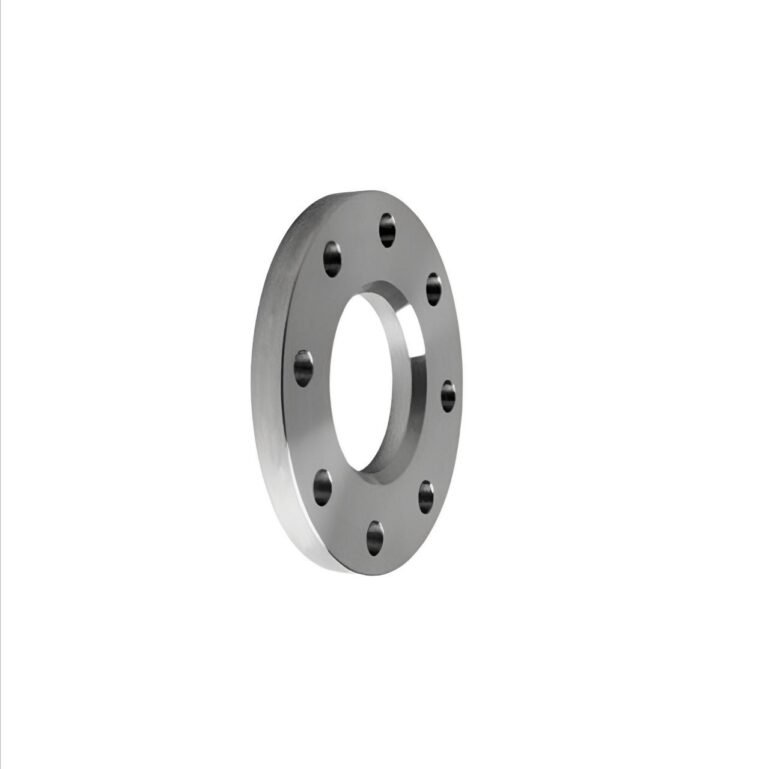
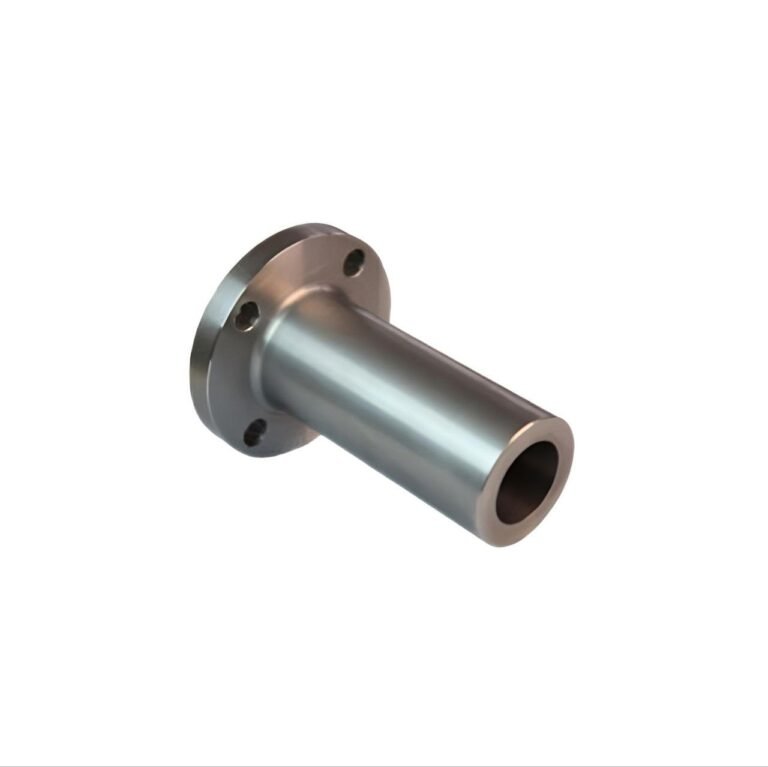
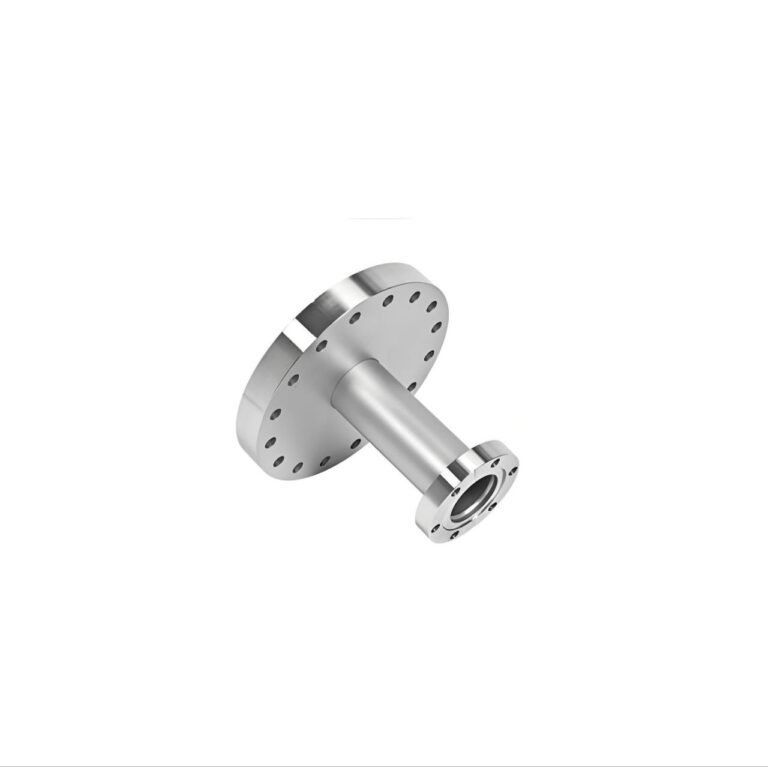
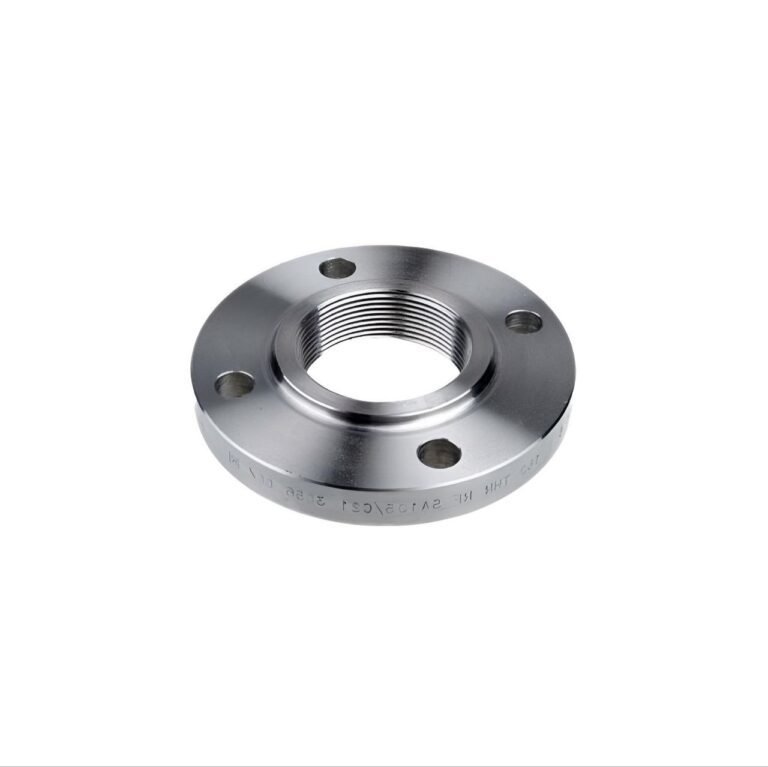





Reviews
Clear filtersThere are no reviews yet.